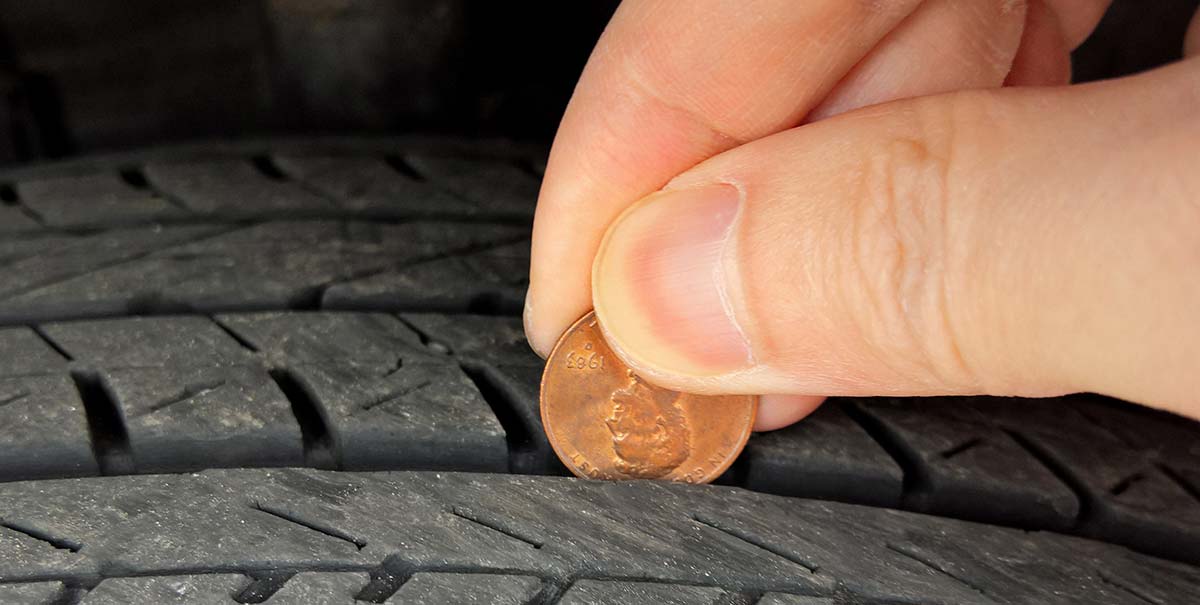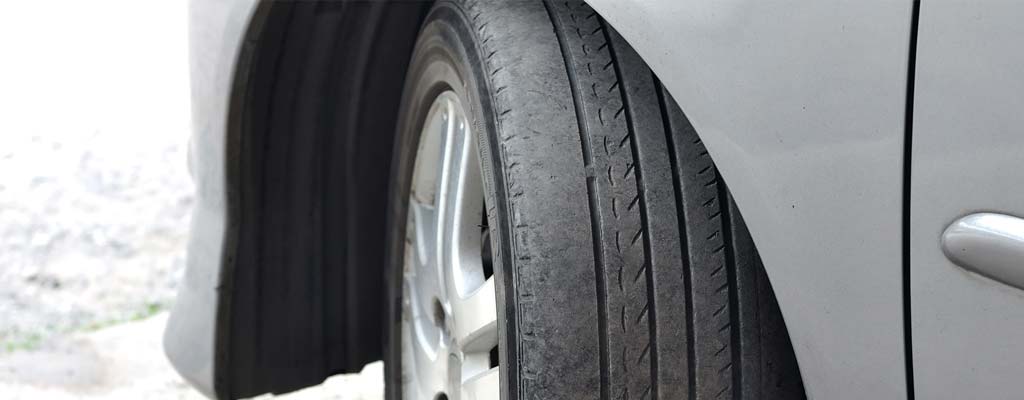Why Worn Tires Are Less Safe
When it comes to safety on the road, your tires are one of the most important parts of your vehicle. And the tire tread on those tires is where the rubber literally meets the road! However, as you drive, more of that tire tread disappears. Over time, that can add up to less stopping power and maneuverability in different weather conditions. It can also mean more punctures resulting in air loss. We’ve compiled some of the reasons why worn tires are less safe and when you should replace them.
Tires Equal Performance
According to the National Highway Traffic Safety Administration, nearly half of all vehicles on the road have at least one half-worn tire. That means the depth of the tire tread is half of what it was when the tire was new.
Tire tread depth on a new car tire is usually around 10/32 to 11/32 inches. Light trucks are between 11/32 and 19/32 inches. For a car, half-worn would mean the tire tread depth was around 6/32 inches. Due to safety concerns, many states require tires be replaced when they reach 2/32 inches, which is considered bald.
Measuring Your Tread
Loosely measuring the tire tread depth on your tires is easy. All you need is a shiny penny. Check out Tire Tread and the Useful Penny Test to learn how to measure yours. Or get yourself a tread-depth gauge, which is far more precise. To help you spot bald tires, manufacturers have added horizontal rubber bars at the base of tire tread grooves. If those molded horizontal bars are flush with the surrounding tread, then your tires are more-than ready to be replaced.

At Les Schwab, we recommend you get new tires before they reach 2/32 inches. Here’s why.
Tire Tread Keeps You in Control
As tires lose tread, the sipes or channels in between the tire tread disappear. This means you have less grip on snowy and icy roads. It can take far longer to accelerate with half-worn tires, and can dramatically reduce your stopping distance.
In the rain, you have a greater chance of hydroplaning at higher speeds. Plus, half-worn tires don’t deliver the stopping power of new tires in the rain and standing water.
Tire Tread Repels Objects Better
The lower your tire tread gets, the easier it is for nails, screws, and other tire-piercing items to ruin your day with a flat tire.
Pro Tip: Check Your Tire Tread Every Other Month
Measure and look for reduced tire tread every time you add air to your tires. For most folks, that’s every other month or so. Or you can just swing by your local Les Schwab and we’ll check the air pressure and your tire tread depth for free. That includes looking for cracks, cuts, or bulges in the sidewall, and uneven wear. Schedule your appointment now or stop by before your next road trip down the highway or into the mountains.
Schedule an Appointment
